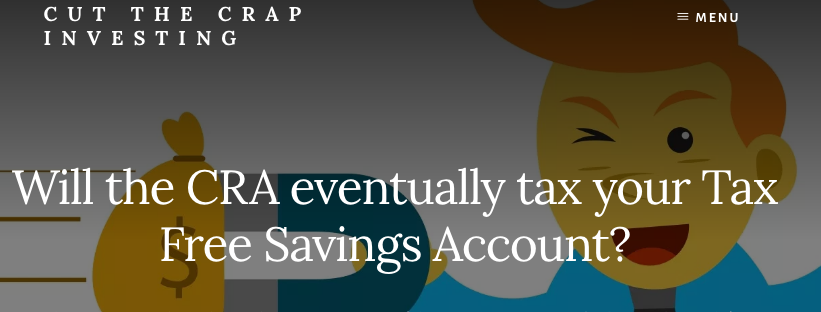
My latest MoneySense Retired Money column looks at a problem some think is a nice one for retirees to have: can an RRSP — and ultimately a RRIF — ever become too large? You can find the full column by clicking on the adjacent highlighted headline: How large an RRSP is too large for Retirement?
This is a surprisingly controversial topic. Some financial advisors advocate “melting down” RRSPs in the interim period between full employment and the end of one’s 71st year, when RRIFs are typically slated to begin their annual (and taxable) minimum withdrawals. Usually, RRSP meltdowns occur in your 60s: I began to do so personally a few years ago, albeit within the confines of a very conservative approach to the 4% Rule.
As the piece points out, tax does start to become problematic upon the death of the first member of a senior couple. At that point, a couple no longer has the advantage of having two sets of income streams taxed in two sets of hands: ideally in lower tax brackets.
True, the death of the first spouse may not be a huge tax problem, since the proceeds of RRSPs and RRIFs pass tax-free to the survivor, assuming proper beneficiary designations. But that does result in a far larger RRIF in the hands of the survivor, which means much of the rising annual taxable RRIF withdrawals may start to occur in the higher tax brackets. And of course if both members of a couple die with a huge combined RRIF, their heirs may share half the estate with the Canada Revenue Agency.
For many seniors, the main reason to start drawing down early on an RRSP is to avoid or minimize clawbacks of Old Age Security (OAS) benefits, which begin for most at age 65. One guideline is any RRSP or RRIF that exceeds the $77,580 (in 2019) threshold where OAS benefits begin to get clawed back. Of course you also need to consider your other income sources, including employer pensions, CPP and non-registered income.

“A nice problem to have.”
But the MoneySense column also introduces the counterargument nicely articulated by Adrian Mastracci, fiduciary portfolio manager with Vancouver-based Lycos Asset Management. Mastracci, who is also a blogger and occasional contributor to the Hub, is fond of saying to clients “A too-large RRSP is a nice problem to have!”
Retirement can last a long time: from 65 to the mid 90s can be three decades: a long time for portfolios to keep delivering. A larger RRIF down the road gives retirees more financial options, given the ravages of inflation, rising life expectancies, possible losses in bear markets, low-return environments and rising healthcare costs in one’s twilight years. These factors are beyond investors’ control, in which case Mastracci quips, “So much for the too-big RRSP.”






